Students cooperating with each other has become an even a bigger push in education over the last couple of years. It is also a great way to increase physical activity in the classroom. What teachers need to realize is that most students do not know how to work together. As recess has diminished over time, this skill has also diminished. We need to teach our students how to collaborate and work together.
The overall benefit to getting students up and moving while learning is keeping blood flowing to the brain. When you sit for too long, blood pools from the waist down. As educators, we want blood flowing to the brain. Adding physical activity in the classroom will get blood flowing to the brain and optimize it for learning.
Remember to establish expectations with your students before you start.
1. Up, Up, and Away Teamwork – Balloons
Increase physical activity in the classroom with balloons! Your students must work together to keep the balloons in the air.
- Split the class into equal groups. Six to eight students in a group works best.
- Have groups form a circle and stay connected by holding hands (if this is uncomfortable for certain age groups, they can hold wrist). The group must stay connected.
- Each group will receive a large inflated balloon.
- The group must work together to keep the balloon in the air.
- Remind the group that they must stay connected, and they can use any part of their body to keep the balloon in the air.
- Give the groups a couple of minutes to get use to moving and keeping one balloon in the air. After this time has passed, add one more balloon to each group for a total of two balloons per group.
- As each group gets better, add another balloon. If a balloon floats away, the group has to work together to move and stay connected to retrieve it.
- The group that keeps their balloons in the air the longest wins.
Optional
- Combine groups to make them larger
- After each competition, allow groups to develop strategies.
- Encourage students to communicate during the game.
Benefits to students
This classroom activity gives students a chance to work as a team and develop communication skills, developing strategies, and collaborating. The added benefit is they will have fun doing it!
2. Ball Toss Review
This is a great classroom game to review any content. This game will work in any setting to get kids up and moving while they review content.
- Separate students in to groups of 4 – 5 students. You can choose to group them randomly or by academic levels.
- Teach students to toss the ball in a pattern. Have the student call the student’s name who is receiving the toss. Make eye contact with the other student after calling the other student’s name toss the ball to that student.
- The student who has the ball now calls a different student’s name that has not received the ball yet following the same directions as above. Repeat this until everyone in the group has caught and tossed the ball.
- Have students continue this pattern and memorize it.
- Teacher will play music while the students toss the ball in the pattern.
- When the teacher stops the music, he/she asks the student with the ball a question. The student with the ball answers the question with their group.
- The student with the ball will then have 25 seconds to tell the group everything they know about the answer to the question.
- The teacher says “time”. Then the group has 15 seconds to add anything to the answer they think is important.
- When the music begins again, the pattern continues until the music stops. The student with the ball will do as the previous student with the group getting 15 seconds at the end to add more information.
- This continues until the review is completed.
Optional
- Longer times on answering the question.
- Use student strengths and weaknesses to create groups.
Benefits to students
This game is a great motivator for students to study the night before so that they can be active in the discussion. It is also a safe way for kids to share what they know as the teacher observes and listens. While the students participate, they work on communicating with others and learning to wait to respond.
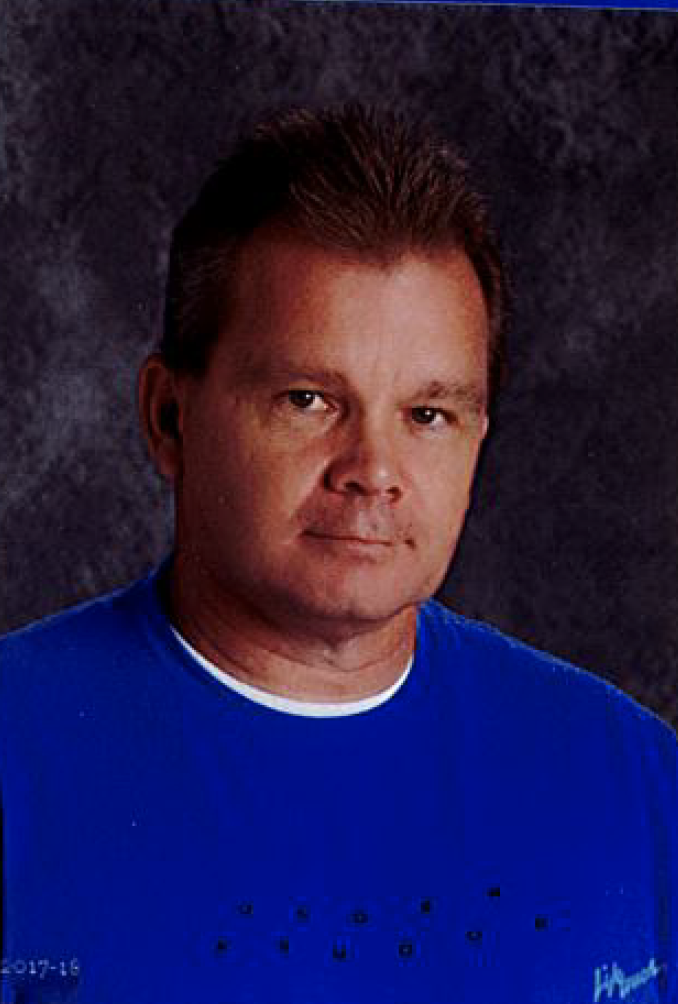
David Wilkie is an intermediate school Health, Fitness, and Nutrition teacher. He is a S.T.A.R. Teacher of the Year in South Carolina. David received his Master’s Degree in Elementary Education from Southern Wesleyan University and undergraduate degree in Elementary Education and Middle School Social Studies from the University of South Carolina. He received his certification to be a Kinesthetic Classroom and Active Brains Learning Lab Trainer through KidsFit and Action Based Learning.
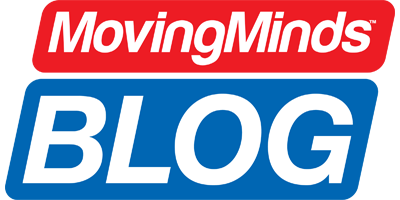

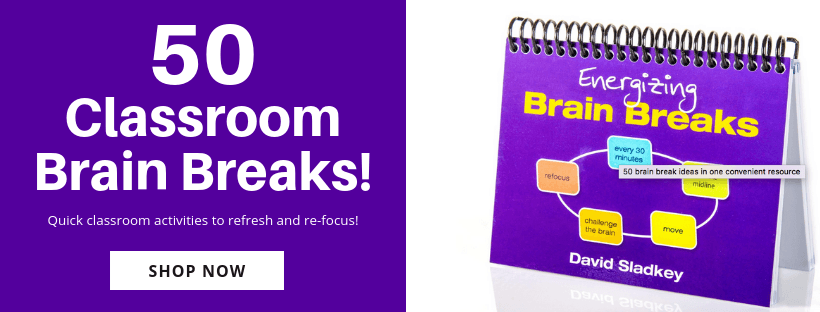
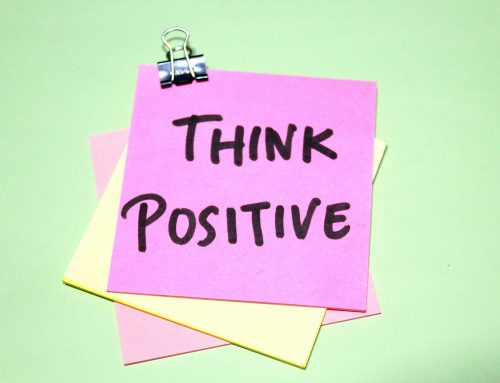
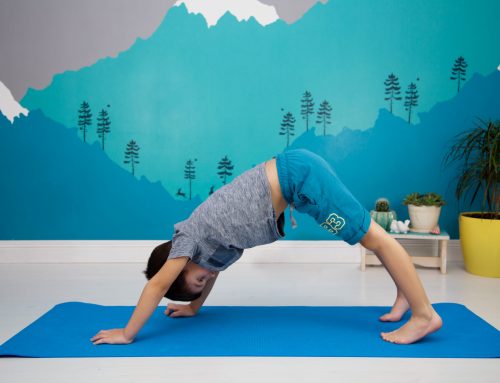


Leave A Comment